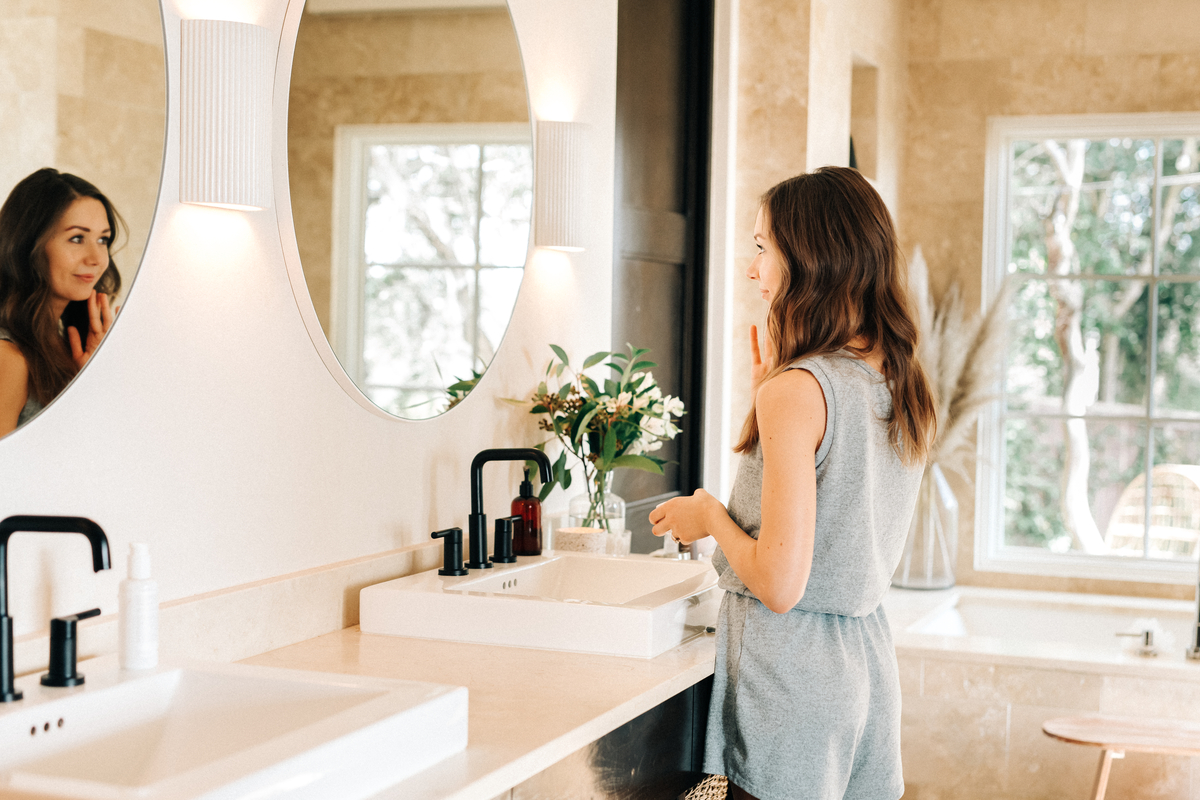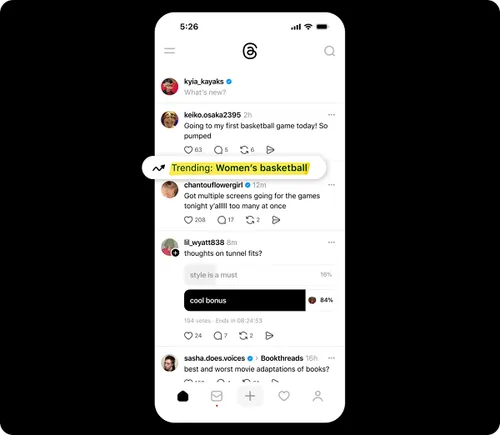These Smart Devices Can Transform Your Garden
Even if you enjoy every aspect of gardening, a little smart tech will only enhance the experience.

Even if you enjoy every aspect of gardening, a little smart tech will only enhance the experience.
We may earn a commission from links on this page.

The Tempest smart weather station Credit: Amanda Blum
Gardening is proven to be beneficial for your physical and mental health. There’s sunshine, and exercise, and all the fresh fruits and vegetables. Still, gardening can be a lot—and smart devices can take some of the burden off your garden responsibilities, keeping you free for the stuff you really enjoy. These devices don’t just free up time—they can often give you valuable data, which means you can treat your garden more appropriately, based on its needs. This year there are lots of new entries into the market that can make the great outdoors a little smarter.
Compost monitors can make composting easier to understand
At a basic level, composting is just piling up your organic scraps; if the ratio of nitrogen and carbon are about the same and there’s enough heat, you get compost. This is sometimes aided by worms. Still the market of composting devices is huge, and I think most people still just pile organic materials in and cross their fingers. A device like Monty, which has just been released in the states, can help make it less confusing. Monty looks like a smart probe; you stick it into the top of your compost pile and then pair it with the Monty app. I found Monty really only works when the compost pile is exposed and not in a compost container. Once the Bluetooth pairs, Monty will give you insight into the status of your compost and how to correct anything that’s going wrong.
Smart weather stations mean hyperlocal weather data
You can, of course, get the weather report from your local newspaper or weather.com and you might get lucky and have an official weather station relatively near you. But if you live a bit aways from the airport, where those stations are usually located, the weather will not be hyper accurate. Most people don’t know (I certainly didn’t) that there exist a vast network of private weather stations. You can access this network if you get a device that relies on weather data, like a smart sprinkler system. I found a station a block away, and that kind of hyperlocal information about when the rain started and how much wind there was really fine-tuned my irrigation system. I was excited to try it out for myself, so this year I added a Tempest. Installation took less than a minute, and I mounted it to the top of a fence. I get alerts when it starts to rain and what the wind looks like, a really accurate heat index, air quality reading and more. An added side benefit was that if you sync it to Wunderground, which is easy to do, you get Wunderground access, ad free.
Wireless soil sensors make accurate irrigation possible
Soil sensors are a tricky thing. The environment (wet, dirty) makes it hard to keep the sensor accurate over time. Even smart sprinkler systems have generally required underground wire to the sensors, which means digging. There are a few brands that make wireless sensors, which means you can get hydration levels from the different garden areas across your yard, and adjust your irrigation appropriately.
Wireless soil sensors to try:
Soilmote Wireless Remote Soil Moisture Sensor, $199
ECOWITT WH51 Soil Moisture Sensor, $22.99
Moen Smart Wireless Soil Sensor, $69.99
Let robots do the dirty work
Much like a robot vacuum surfs the ground looking for detritus, there are robots that traverse your garden looking for weeds—namely, the Tertill. As tickled as I am by smart tech, my main issue with Tertill is that it requires a lot of space between plants, which I don’t have. Still, if you maintain a pristine garden with some roominess, having a robot handle weeding sounds fantastic. Farmbot takes it a step further and automates absolutely everything. A robot on a track continually runs over the top of the garden, analyzing what’s growing using “Farmduino,” a modified Arduino running on open source language. It measures soil moisture, nutrients, even soil height, as well as the health of your plants and weeds. It can be attached to almost any raised bed, and requires no programming knowledge. I haven’t tried it, and after seeing it a few times on social media, I was highly skeptical. However, in digging into the documentation, I think it could provide accessibility as well as help people learn about gardening. While unrealistic for a home user at scale because of cost, the idea is great.
Robot lawnmowers work better than I expected them to
While grass lawns are terrible for the planet, your soil, local beneficial insects and the water table, people still have them. Robot lawnmowers are an exploding vertical, and having tested a few of them in the last few months, I’ve been surprised by how effective they really are. They’re expensive, but if you assume you mow as much as you vacuum, the pricing starts to make sense.
Robot lawnmowers to consider:
Mammotion Luba 2, starting at $1899
Segway Navimow, starting at $999.00

 FrankLin
FrankLin 


































